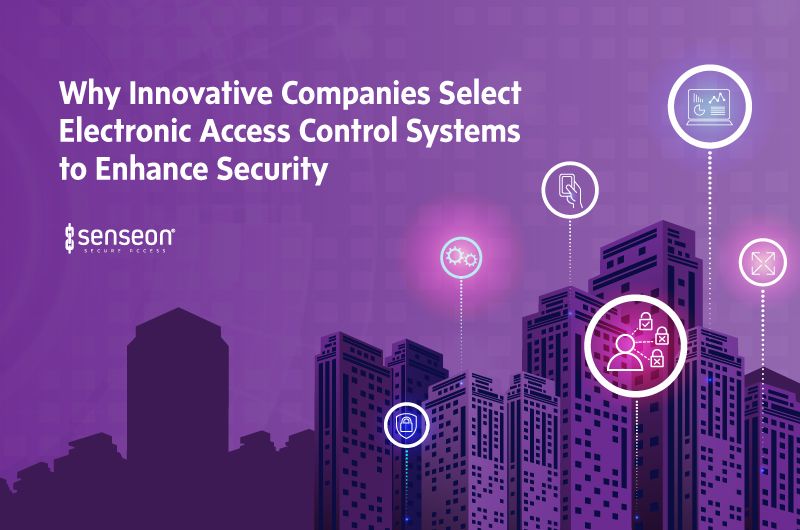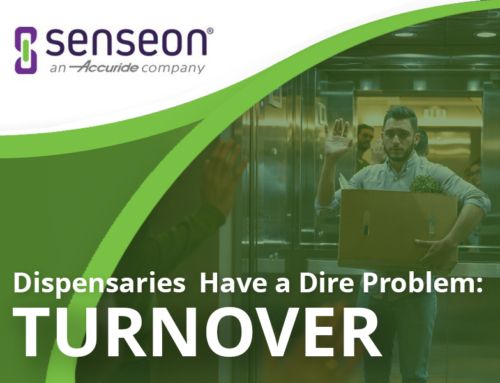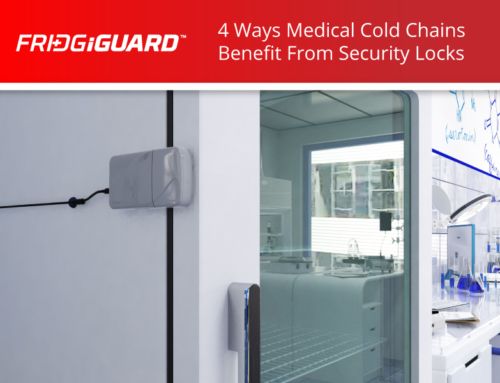The rapid pace of innovation is transforming industries, from car manufacturers to fitness trackers. Two decades ago, buying online was an anomaly. Today, it’s the norm. Amazon created a business model that revolutionized the way we shop. Consumers now purchase everything from household goods to electronics online.
With most goods reaching commodity status, consumers can search, compare prices, and order right from their smartphone. To encourage consumers to visit retail stores, companies must create a customized experience and rethink processes impacting customer transactions.
The Customer Experience
The growth of online options has changed the expectations of the retail shopping experience. Consumers become impatient and annoyed when things do not go smoothly. Offering little loyalty to products or businesses, they are quick to abandon a brand or company when faced with a poorly handled problem or situation.
Customers can easily overcome normal inconveniences, such as waiting in line or dealing with inexperienced staff, by skipping the retail store altogether and ordering an item online. When retailers are unable or unwilling to address clunky processes, they lose customers to online competitors.
The Cost of Poor Customer Experiences
The internet also gives consumers more power. When a customer has a bad experience, they do more than tell one or two close friends. They take the matter to social media. A viral post or video can then reach thousands of potential customers, making customer service issues a serious matter.
Retail Security Challenges
Aside from altering the purchase experience, the new age of online shopping introduces new security challenges. Retail companies must address both cyber and physical security threats, changing the way businesses secure inventory, cash, and customer data.
Retail stores must protect high-value merchandise, such as jewelry, electronics, and designer goods, while providing customers with a seamless buying experience. Customers do not want to wait for the right employee with the right authorization to open a locked drawer, cabinet, or display case in order to retrieve an item. At the same time, retailers must protect valuable inventory to reduce shrinkage, especially items small enough to carry in a pocket or purse.
How can companies improve the customer experience without reducing the level of security required to prevent theft?
Using Electronic Access Control Systems to Bridge the Gap
The primary purpose of an electronic access control system is restricting access to secure areas. Companies often secure buildings, elevators, offices, file cabinets, desk drawers, and display cases. Any location containing valuable goods, sensitive data, or proprietary information requires some form of access control.
Due to new security concerns, such as technology that enables remote key duplication, companies have rapidly moved away from traditional lock and keys. Access control systems serve as the front line of defense, offering round-the-clock protection and 24/7 access, thereby improving security while offering a range of valuable features.
How Electronic Access Systems Protect Businesses
Many businesses want more than entry restrictions. They want a locking system that both manages access and offers monitoring services, creating a holistic security management system that goes beyond a simple locking device. Electronic access systems do much more than guard an entryway from unauthorized access. They can also record events such as failed access attempts, put a time and date stamp on each access event, and connect every entry to a specific person.
Access management systems can fulfill the needs of both physical and information security because these systems rely on computer-based technology. The system can verify user credentials in less than a second. Credential failures can trigger backup security systems such as cameras, lockouts, or alarms. It can also record a forcible entry attempt or another security breach, providing an instant notification to appropriate personnel.
Key Benefits of Access Control Systems
Improves Physical Security – Electronic access controls overcome many inherent weaknesses of traditional locks and keys. A lost key card becomes a 30-second fix requiring only the cancellation and issuance of a new code. Companies no longer have to replace lost keys or rekey locks when keys go missing.
Creates a Seamless Experience – In a retail setting, businesses often maintain locked display cases and cabinets to protect valuable inventory. Using an electronic key card or fob simplifies the entry process, by quickly opening a secure area with a card swipe, improving the customer experience.
Mitigates Internal Theft – Electronic access control systems can monitor and record activity within a secure area, which can reduce or prevent internal theft. Employers know when a staff member gains access to a locked office, cabinet, drawer, or display case. If a theft does occur, the tracking information can provide data to support prosecution.
Meets Compliance Requirements – Industries with compliance standards, such as the healthcare and financial industries, face additional security considerations. An electronic access control system can provide needed statistics and tracking required for reporting. Systems can also be optimized to include features such as delayed openings or dual authentication for an additional layer of security.
Improves Operational Efficiency – Companies can use the monitoring capabilities of electronic access control systems to uncover vulnerabilities and inefficiencies. Tracking can also identify gaps between company policies and implementation. Businesses then have a better opportunity to address system weaknesses or training challenges before a loss occurs.
Final Thoughts
Electronic access control systems do more than lock doors. New technologies, such as Senseon Plus, allow companies to monitor entry and exits, track usage of secure areas, and document failed entry attempts. These new monitoring capabilities make access control systems an integral part of both security and operations for many forward-thinking businesses.
Companies like Senseon offer innovative cabinet-level access control systems that protect your valuables and inventory through advanced security features, such as keyless entry with a key card or fob, audit trail software, and dual authentication. Contact us to learn more.






